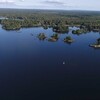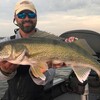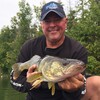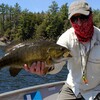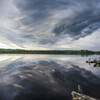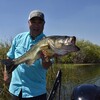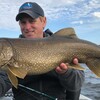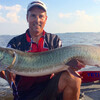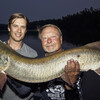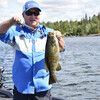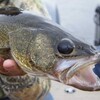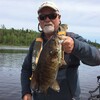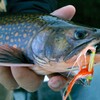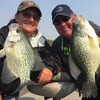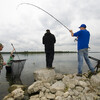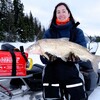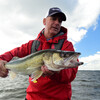
Planning For Pike
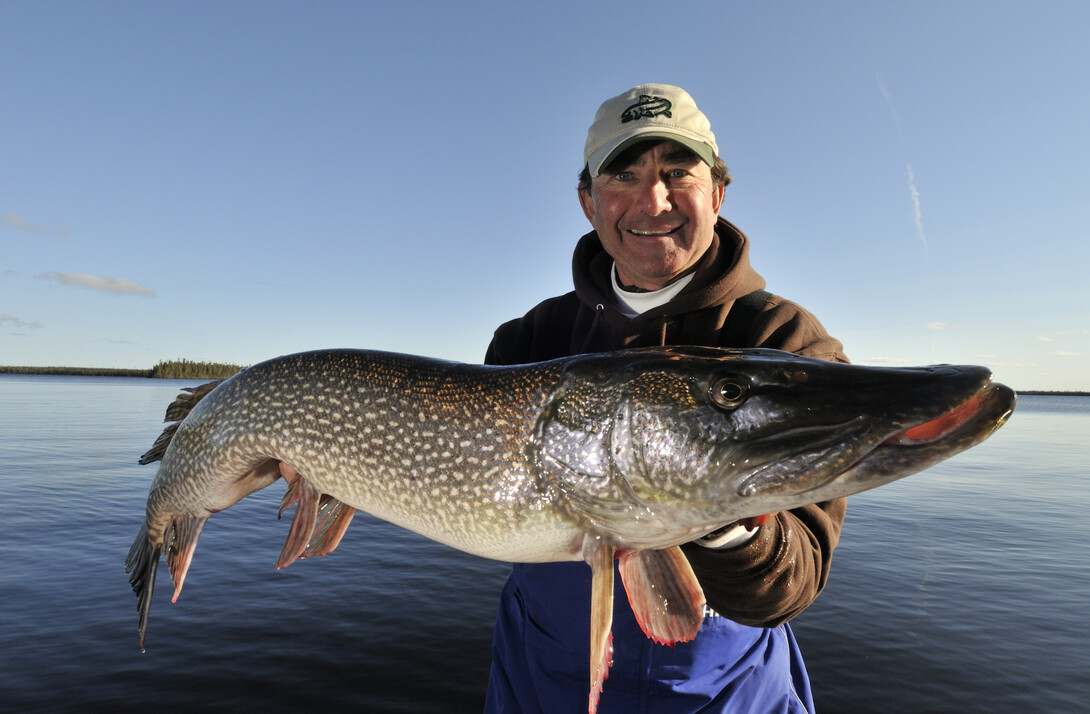
Of all the species of fish for which Northern Ontario is famous, none is perhaps found in more lakes and rivers than northern pike.
I was going to say great northern pike because, as a kid growing up, the superlative was always added to their name, as though it was a rightful part of it.
It is how I still think of the giant pugnacious water wolves today that patrol the grassy edges of lakes and rivers from the Hudson Bay Lowlands in Northeastern Ontario to the rocky Shield waters of Algoma Country and the Northwest region.
They're "great" for so many reasons, too, not the least of which is that you can catch them from early spring, immediately after the ice honeycombs and melts, until late fall, when it begins to crystallize and harden once again.
Indeed, pike is the very first fish I set my sights on each spring, as soon as I can get my boat back into the water after its long winter nap. The spawning season is typically stretched out in the north country, lasting often for the better part of a month, allowing you to follow its progression by employing a mobile sleight of hand.
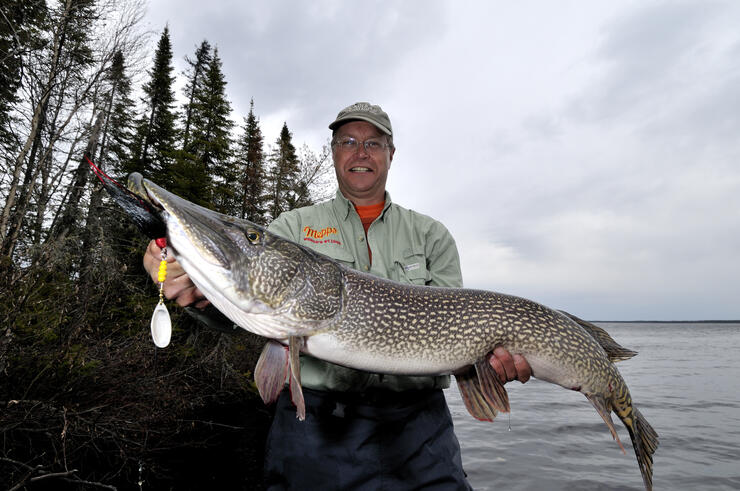
Large, shallow, south-facing bays and coves with weeds and reeds growing in the warm-up first and attract pike in the spring. That's when and where many anglers catch the biggest fish of their lives, as the huge, egg-laden females (be sure to carefully release them after snapping a quick photo or two) gather in the bays to spawn.
But here is a closely guarded secret.
Most anglers head for deeper water after the shallow, spring spawn ends and the fish slip out toward main lake structures. But you can keep the "bay bite" going by searching for north, west, and east-facing coves that take longer to warm up to the magical low to mid-40° F (5° C) spawning temperatures.
Because the fish lay their sticky eggs on weed and reed stalks, and submerged wood and branches, I love to slowly stalk the ankle-to-knee-deep water, either in waders or by poling the boat, looking for cruising fish. Trust me, there is nothing more exciting than spotting a huge sunken log that suddenly sprouts fins and starts slowly swimming away.
When the fish are active, I've probably caught more casting a half gold/half silver C80 Williams Whitefish spoon, from which I've removed the treble hook and replaced it with a single, tipped with a 4- to 5-inch white curly tail grub. I cast the lure well beyond where I've spotted the giant pike so as not to spook it, and then retrieve it at a moderate speed beneath the surface.
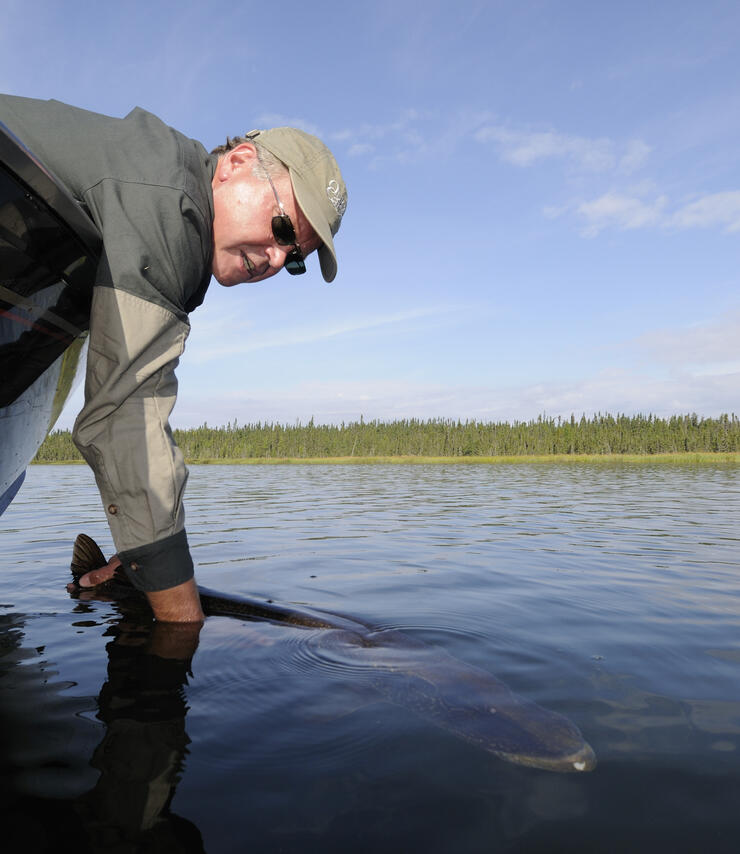
When the lure approaches the pike's strike zone, however, I always impart a quick directional change with my rod tip, making the lure streak off to the side -- as though it is a forlorn forage fish that suddenly spots the big toothy critter and knows it is going to be eaten.
If the pike is tentative, on the other hand, which usually happens immediately before and after they spawn, I'll rig a 5-, 6- or 7-inch long soft plastic fluke-style bait Texas-style so the hook is totally weedless. I can throw it anywhere and not get snagged, and retrieve it much more lethargically, so the pike has plenty of time to size up the meal.
As much as I love fishing for northern pike early in the season, however, I absolutely adore catching them in the middle of summer on the hottest, calmest, bluebird days. The time when most anglers will tell you that fishing is the toughest.
But it is not, so long as you keep one key detail in mind.
You'll find the biggest pike in your favourite Northern Ontario haunts where the water temperatures register in the low- to mid-60° F range (15° C), which means in July and August you'll typically catch them 15, 20, and even 25 or more feet deep, frolicking in and around the same locations that you'd fish for walleye.
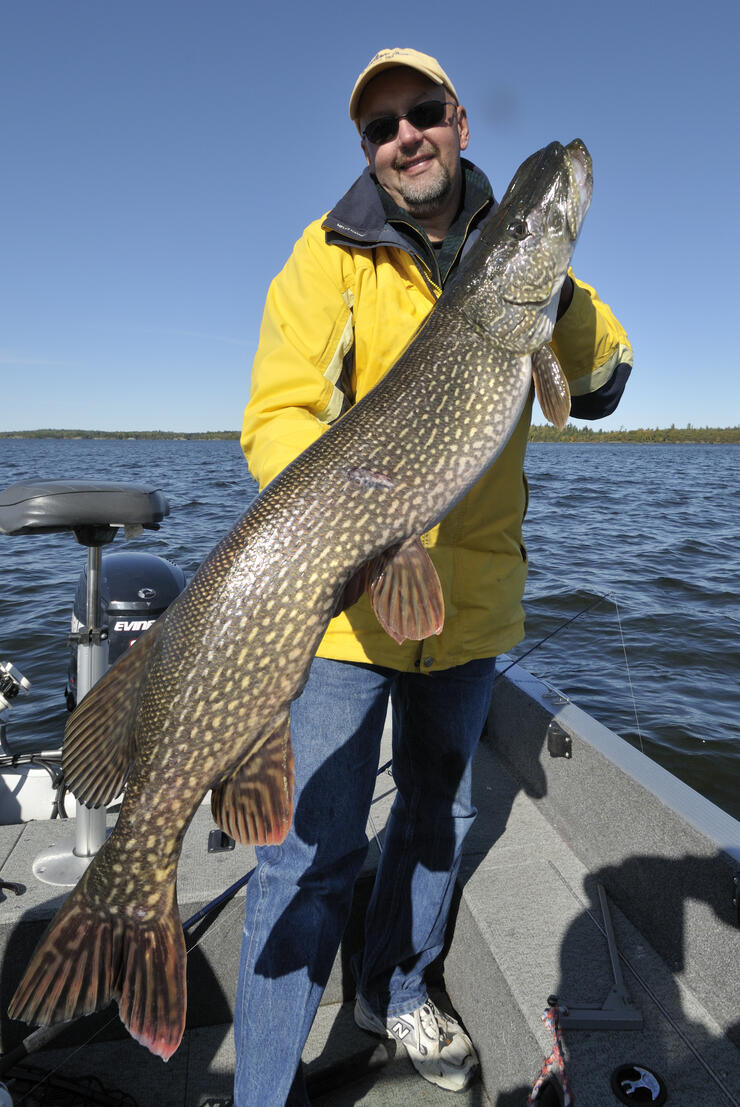
As a matter of fact, they're often dining on the overgrown perch.
If you've never tangled with the big dog-days-of-summer bruisers, you're in for a treat. I'd recommend starting out with a confidence-building 3/4- to 1-ounce Freedom Tackle Hydra jig, tipped with a 6-inch Bass Magnet Shift 'R Shad or X-Zone Swammer swimbait that you simply retrieve a foot or so off the bottom.
After you get comfortable swimming this arrangement off the edges of rocky shoals, along deep weed lines, and where the wind is blowing onto main lake points, be sure to have an even larger Bondy Bait Jr. or Water Wolf Shadzilla.
You can even use your bow-mounted electric trolling motor or kicker outboard to pull these same baits behind the boat as you rip them up, pause, and then let them plummet back down.
The weather is wonderful, the strikes are shuddering, and the pike is oh, so, picture-perfect. It's why I call them the great northern pike in even greater Northern Ontario.
Recommended Articles

World Class Walleye Fishing at Vermilion Bay Lodge
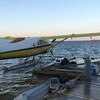
Birch Bark Lodge
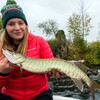
Making Mistakes with Muskie on the Fly
Basin-Shape Walleye
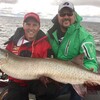
Bear Creek Bruisers
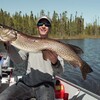
Striker's Point Lodge
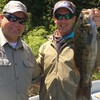
Ontario Experience
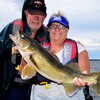
Thirst to be First
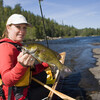
Exploring Turtle River
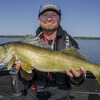
Walleye on Lake Temiskaming
Indian Lake Lodge
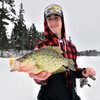
Easy Pickin's for Northern Ontario Panfish
Big Water, Big Fish
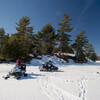
Sun Trout and Ice
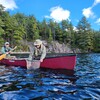
Fishing the Exceptional Waters at Blue Fox Camp
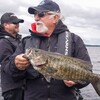
Smallmouth Fishing After a Northern Ontario Cold Front
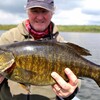
Catching More Smallmouth Bass

Shield Lakes & Rivers

